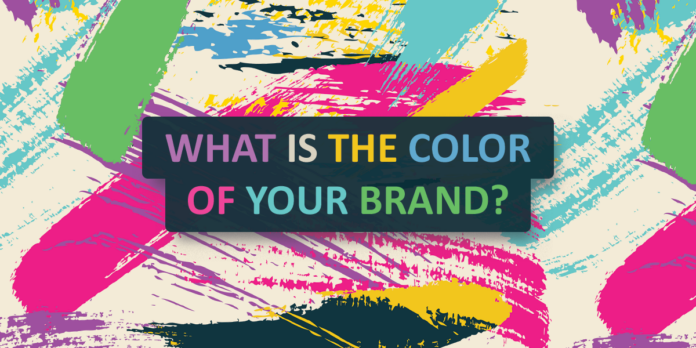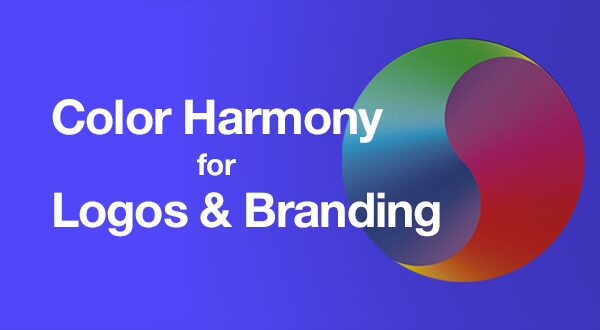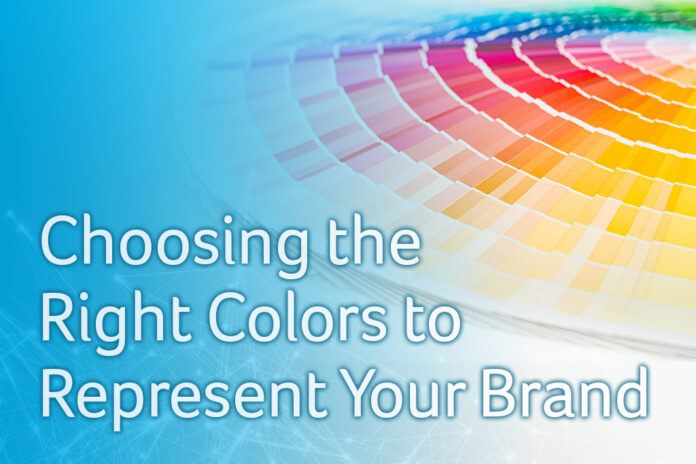In the vibrant world of branding and design, the choice of colors is far from arbitrary. It’s a strategic decision rooted in psychology, a visual language that communicates emotions, values, and messages to consumers on a subconscious level. Understanding the psychological impact of color is crucial for businesses seeking to create memorable and impactful brand identities.
In collaboration with experts from Outcrowd branding agency (https://www.outcrowd.io/branding-page), we’ll delve into the intricate interplay between color and psychology, uncovering the secrets behind successful color choices.
Introduction: Where Science Meets Art

Color has the power to evoke emotions, trigger memories, and influence perceptions. As we explore the psychology of color in branding and design, it becomes evident that this field is not just about aesthetics; it’s a fusion of science and art.
The Impact of Color on Emotions

Warm vs. Cool Colors: Colors can be broadly categorized into warm (such as red, orange, and yellow) and cool (such as blue, green, and purple). Warm colors tend to evoke feelings of passion, energy, and warmth, making them suitable for brands that want to create a sense of excitement. On the other hand, cool colors evoke calmness, trust, and reliability, making them ideal for brands that aim to convey professionalism.
Cultural Influences: The impact of color is not universal; it’s influenced by cultural contexts and associations. For example, while white signifies purity and innocence in Western cultures, it represents mourning in some Asian cultures. Brands with a global presence must navigate these cultural nuances to ensure their color choices resonate positively across different regions.
Colors and Brand Personality

Red: Bold and Energetic: Red is synonymous with energy, passion, and excitement. Brands like Coca-Cola and Netflix utilize red to create a sense of urgency and intensity, capturing consumers’ attention in a fast-paced world.
Blue: Trustworthy and Serene: Blue exudes a sense of trustworthiness, reliability, and calm. Financial institutions like Chase and technology giants like IBM leverage blue to instill confidence and professionalism.
Green: Fresh and Sustainable: Green is often associated with nature, growth, and health. Brands embracing eco-friendliness and sustainability, like Whole Foods Market, employ green to communicate their values.
Yellow: Optimistic and Playful: Yellow radiates positivity, joy, and optimism. Brands like McDonald’s and IKEA use yellow to create a vibrant and friendly image, inviting customers to engage.
Strategies for Effective Color Selection: Painting Your Brand’s Identity

In the realm of branding and design, color is more than just a visual element; it’s a powerful tool that communicates emotions, evokes memories, and shapes perceptions. The process of selecting colors for your brand involves a delicate balance between artistic expression and strategic decision-making. To guide this selection process, here are detailed strategies for effective color selection that will help you paint a vivid and impactful brand identity:
1. Understand Your Target Audience: Unveiling Preferences and Cultural Nuances
Before delving into color palettes, it’s crucial to understand your target audience. Research their preferences, demographics, and cultural backgrounds. Different colors evoke varied emotions and associations across cultures. For instance, while red symbolizes luck and celebration in Chinese culture, it signifies passion and excitement in Western societies.
Consider conducting surveys or focus groups to gather insights directly from your audience. By understanding their color preferences and the cultural meanings they attach to certain hues, you can tailor your color choices to resonate deeply.
2. Color Harmony: Crafting a Visual Symphony

Harmony in color selection is akin to composing a melodic masterpiece. Use color theory principles to create harmonious and visually pleasing combinations. Two main techniques are:
Complementary Colors: Select colors that are opposite each other on the color wheel, such as blue and orange or red and green. Complementary colors create a striking contrast that captures attention.
Analogous Colors: Choose colors that are adjacent to each other on the color wheel, such as blue and purple or red and orange. Analogous colors create a sense of harmony and unity.
Balance bold, attention-grabbing colors with calming, neutral tones to guide the viewer’s eye and create a cohesive brand identity that engages without overwhelming.
3. Contrast and Readability: Ensuring Clarity and Impact
Color selection directly impacts the readability and accessibility of your brand’s visuals. Consider the contrast between your background and text colors to ensure that information is easily legible. High contrast is crucial for ensuring readability, especially in logos, website design, and printed materials.
For example, light text on a dark background enhances readability, while dark text on a light background ensures clarity. Maintaining good contrast not only improves accessibility but also strengthens the overall visual impact of your brand’s communication.
4. Consistency Across Platforms: Establishing Brand Cohesion
Consistency is the cornerstone of effective branding. Apply your chosen color palette consistently across all brand touchpoints, including logos, websites, packaging, social media, and marketing materials. This consistency reinforces brand recognition and creates a unified and memorable identity.
When customers encounter consistent colors across different platforms, it establishes a sense of familiarity and trust. Your brand becomes instantly recognizable, leaving a lasting impression on their minds.
5. Testing and Iteration: Refining Your Palette
Color selection is a dynamic process that may require testing and refinement. Conduct A/B testing to evaluate how different color combinations resonate with your audience. Test variations of your brand’s visuals to assess which colors evoke the desired emotions and responses.
Remember that your color palette isn’t set in stone. As your brand evolves and grows, you might need to adjust your colors to align with new messaging, products, or target audiences. Regularly reassess your color choices to ensure they remain effective and aligned with your brand’s objectives.
Conclusion: A Palette of Possibilities

The psychology behind color choice in branding and design is a captivating realm where science intertwines with creativity.
By harnessing the emotional and psychological impact of color, brands can craft identities that resonate deeply, creating lasting impressions and forging connections that transcend the visual spectrum. The journey of color selection is a journey into the psyche of your audience, an exploration of emotions, values, and meanings that form the essence of a brand’s identity. As you navigate this vibrant landscape, remember that every hue holds the potential to tell a compelling story and leave an indelible mark on the canvas of branding and design.









